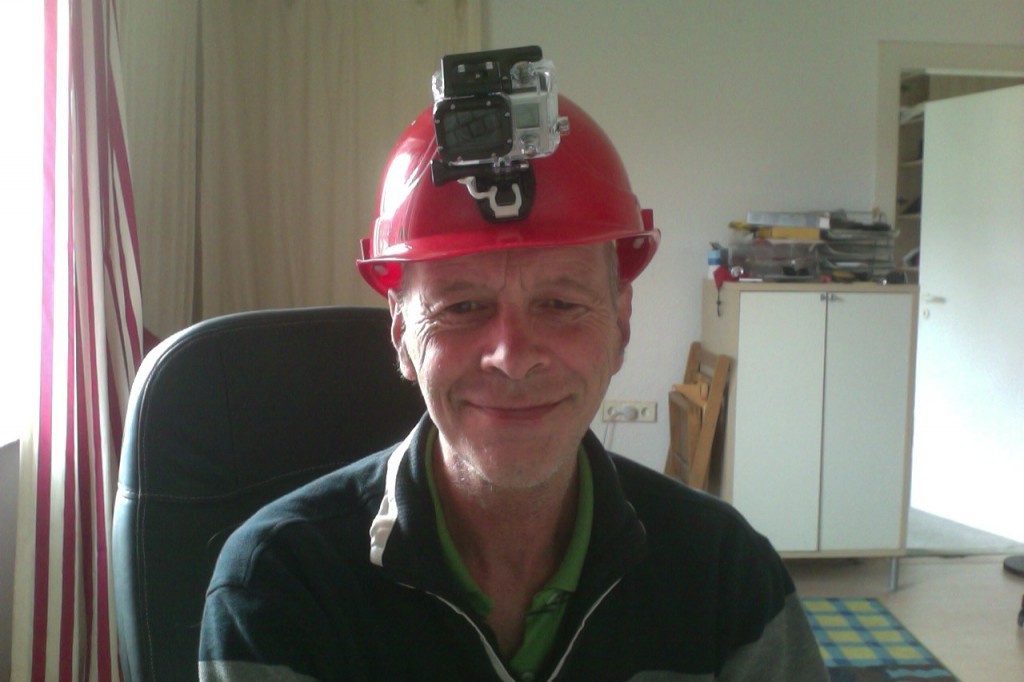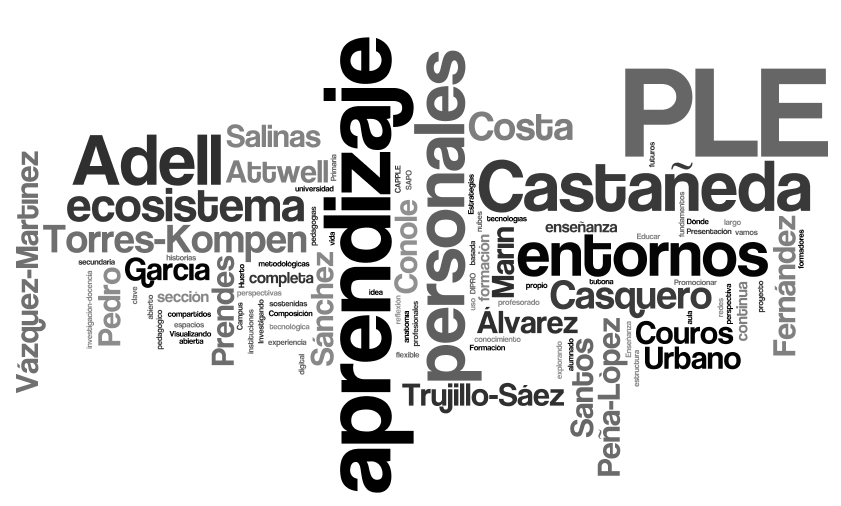Digital Curation
As I wrote in an earlier post, I am signed up for a MOOC on Digital Curation. I will post each assignment on the Wales wide Web as well as in the course forum. This weeks assignment is to introduce ourselves. And I though I had better explain what I was doing lurking in a community of expert librarians, museum staff and the rest.
“I work for Pontydysgu, a small company based in Pontypridd in Wales. Most of our work focuses on the use of new technologies for learning in a range of different contexts including in primary schools, in the community and in work. I am especially interested in informal learning and how informal learning can lead to knowledge development and sharing.
One of the projects we are currently involved in s called Employ-ID. Funded by the European Commission’s Seventh Research Programme it is looking at the chafing professional identities of worker in Public Employment services in Europe and how new technologies can be used for professional development for instance through online coaching.
We are planning to run a series of MOCCs as part of this project and the project partners have agreed themselves to do a MOOC as part of our won learning project.
So why did I choose to do a course of digital curation? I have spent a lot of time working on the development of Open Educational Resources (OERs). Open Educational Resources are resources for learning and teaching that are open to use. But resources means not only content and materials but also tools for content creation and sharing as well as intellectual property licenses for using these resources freely and openly.
Open Educational Resources include: Open courseware and content; Open software tools; Open material for e-learning capacity building of faculty staff; Repositories of learning objects; Free educational courses. C Central to the idea of Open Educational Resources is not only should they be freely available for use but teachers should be able to themselves edit and change these resources to meet their needs and the needs of learner.
It strikes me that many of the digital objects being grated by participants in this course could be a very rick source of learning. more than that it also seems that many of the issues in digital cur action are very similar to those sound OERs – for example
- how do we classify and structure resources
- how do we ensure digital resources are discoverable
- how do we measure the quality of resources
- how can we encourage people to interact with resources.
And finally I think that the best answers to these questions may come through an interdisciplinary dialogue. So I am looking forward to learning from you!”


